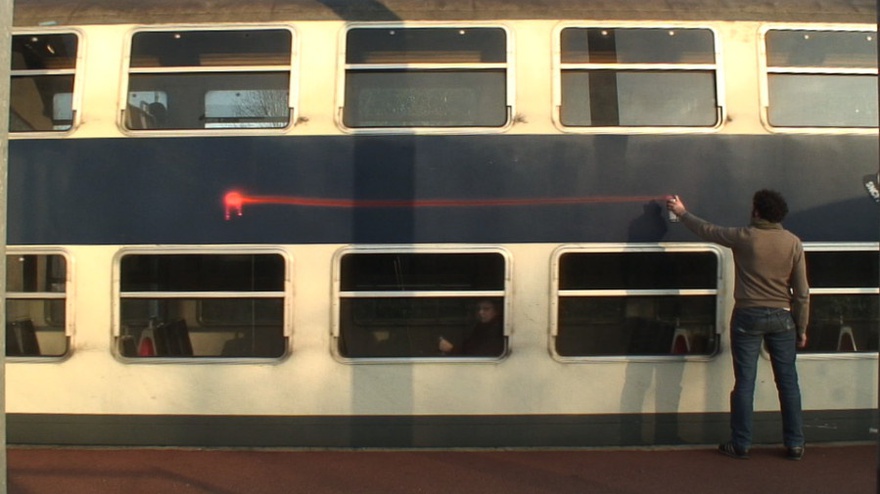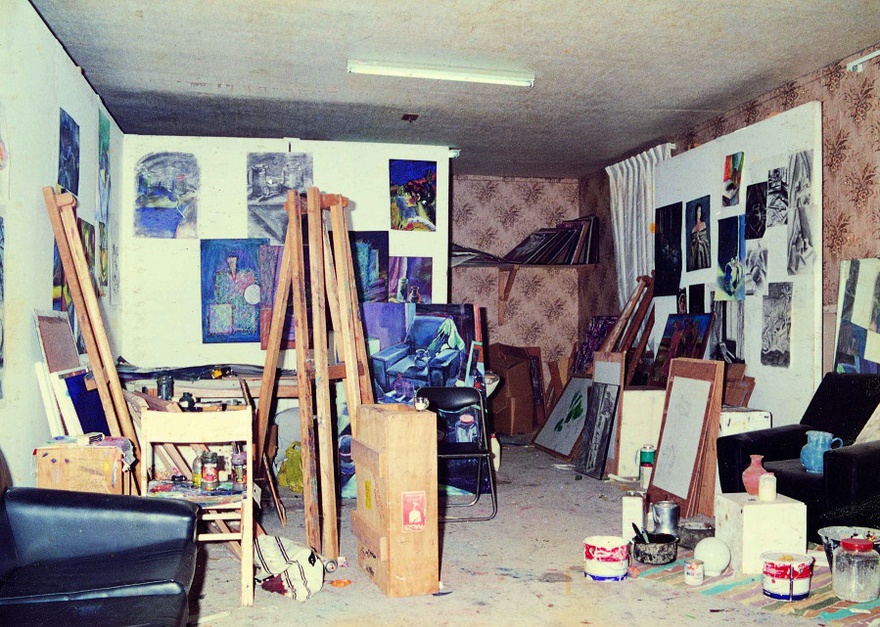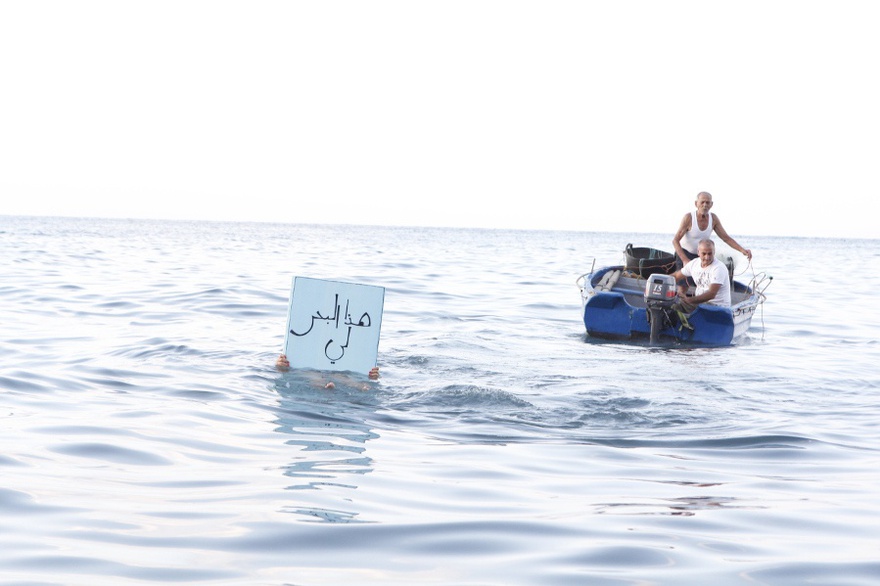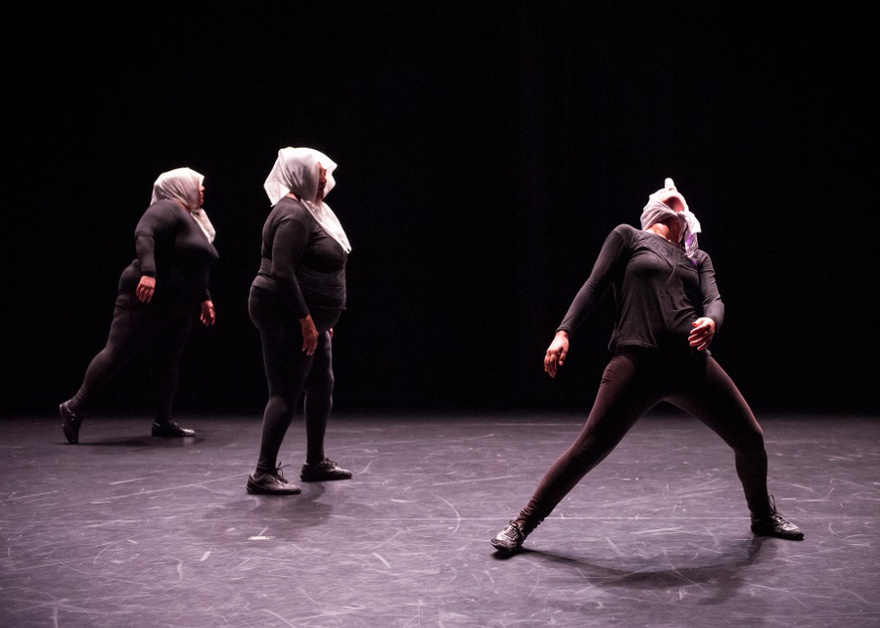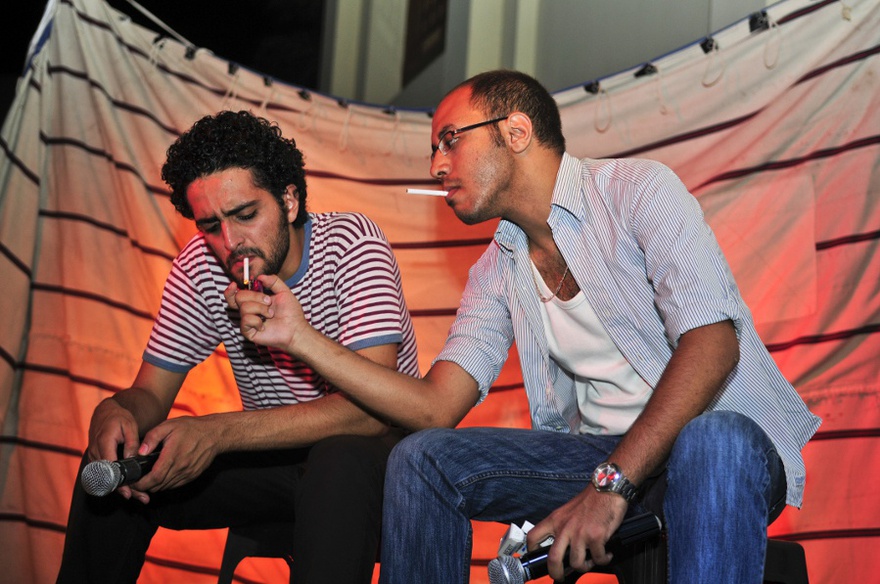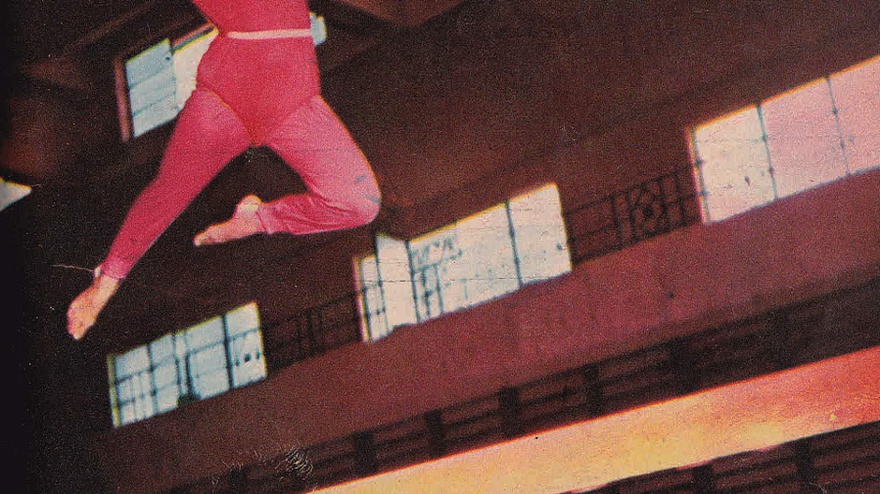Essays
Ibraaz Platform 009: Performance
The research remit for Platform 009 addresses the following question:
What are the genealogies of performance art in North Africa and the Middle East?
When Ibraaz launched this platform in May 2015, we extended the research remit to 12 months to acknowledge the importance of the subject in question. This proved to be not only necessary, but also inadequate: we could have extended the remit to 24 months given the amount of feedback and input we have since received. Whilst the initial intention was to examine the histories of performance art in North Africa and the Middle East, it quickly became obvious that the often transient and precarious nature of the performative gesture in contemporary visual culture speaks to the perilous nature of cultural practices across an increasingly destabilised region.
Performance art today, we quickly observed, sits at the nexus of a specific historical condition; one defined, in part at least, within the localized conditions of underfunding, under-investment, and an undervaluing of culture and its role in public space and social debate. To this, we need to also enquire into the global condition of visual culture against a backdrop of overt conflict and incipient unrest. Yet, if the performative gesture has become a barometer of sorts for the condition of visual culture and the conditions under which it continues to practice, then we should also note the relative lack of research into the formative practices of performative art. Where are the genealogies in a region that continues to have a complex and often fractious relationship to art histories in general?
In the six months that this Platform has been running, one element has emerged thus far: Performance art – in the context of private, public and civic space – has to date been subjected to forms of aesthetic, ethical and political critique that see them evolving in isolation from the global contexts that underwrite international developments in a wider performance art history. One of the key aims of this platform, then, is to not only understand and consider the localised, imminent factors affecting performance as a gesture but also the global and historical contexts that continue to imbricate such practices. For the launch of the platform, we presented essays, projects, responses and interviews, including a wide-ranging conversation between Hassan Sharif and Nujoom Al Ghanem that considered Sharif's background in performance art in the UAE in the 1980s and how we might frame our research in the long term. We were also pleased to present an edited video compilation of Sharif's performance works from 1995 to 2013 on the Ibraaz Channel, alongside an exclusive video portrait of Jumana Emil Abboud taking part in her Performance as Process residency at the Delfina Foundation in 2015.
As Sharif noted, the history of performance art in the region is being written today, and it is time for the artists of the region to come forward and write their own narratives. To this end, we invited a number of artists to engage other artists in conversations including Monira Al Qadiri, who talks to Lidia Al Qattan about the fantastical mirror mosaics that cover her entire home in Kuwait, and Sarah Abu Abdallah who, along with Abdullah Mutairi, investigated the complex nature of contemporary performance works. Elsewhere, Malak Helmy and Sophia Al-Maria explored the politics of sexualization in a conversation about the performance of the Vagina Monologues, while Oreet Ashery visits the project Semitic Score (2010–ongoing) exclusively for Platform 009.
In longer format essays, Tania El Khoury (of the Dictaphone Group), considered the question of performance from both a collective and personal perspective; while Samah Hijawi traced a history of performance art as political gesture in Jordan. 'This is a speculative piece,' writes Samah Hijawi 'in which I will try to unpack the relationship between artists' works in public spaces as performative gestures of active participation and critical citizenship; engagements with state security mechanisms of monitor and control.' A key theme throughout this platform, one that emerged in our conversation with Rabih Mroué, is the immediacy of performance as a temporal and ultimately transient act that produces a degree of historical intimacy that is difficult to imagine in other media. Of course, the audience is key in creating this intimacy and contingency. It is this sense of historical specificity and the evolving nature of performance art that will no doubt continue to define many of the elements of this ongoing research. Throughout Ajay Hothi's essay, 'Criticality Performed Itself: The Performative in the work of Hassan Khan', Hothi examines how Khan's work often demonstrates a tendency to implicate the viewer in his works and the broader institutional contexts that inform these debates.
In Fari Bradley's contribution to this platform, with assistance from Chris Weaver, she examined the biography of Halim El Dabh, an Egyptian musician who composed the first known piece of electronic music: Expressions of Zaar (Ta'abir al-Zaar). This essay effectively outlines the emergence of a new vision of the history of music concrete by its other – and rightful – founder, Halim El Dabh, who has been an influence on the practices of young contemporary artists and thinkers throughout the region. In our collaboration with the Delfina Foundation, we also enquired into El Dabh's influence through Rayya Badran's essay for the Delfina catalogue, while in Hasan Hujairi's essay on 'maverickism' as a counterpoint to genealogy, presented a direct challenge to the Platform 009 question, using El Dabh's career and approach as a case study. This brings us back, of course, to Hassan Sharif's call for artists in the region to write their own histories.
To this end, it is significant that two of our most popular contributions to Platform 009 have highlighted a history of feminist and activist alliances across the context of performance art. In Nahrain Al-Mousawi's essay 'Bouchra Ouizguen: The Subversive Feminine', traced the tradition for performances that are written for and performed by 'aitas', traditional female singer-dancers from the Moroccan Atlantic plains, who often perform at weddings, festivals and other ceremonies. This tradition, for Al-Mousawi, provides a perspective of Ouizguen's practice as a dancer and choreographer whose work is located between performance art and dance. Elswhere, the director of the BuSSy project, Sondos Shabayek, also discussed how issues of self-censorship feed into a collaborative performing arts project that documents and gives voice to untold stories surrounding gender in Egypt. 'These stories,' writes Shabayek, 'are later shared on stage by their tellers in performances usually referred to as "testimonial theatre"... Given the nature of such testimonies, our constant battle is how to reflect the reality as truthfully as possible and – quite literally – get away with it.'
More recently, we have published extended discussions on the performativity associated with images of death, specifically Doa Aly's essay 'The Image(s) Between Us The Performance of Death in a Post-9/11 World'. Using Jean Baudrilliard's The Spirit of Terrorism as a point of departure, Aly examines the image of death and the 'online performances' of contemporary terrorist groups, notably ISIS. We released Doa's essay along with Faycal Bagriche's Last Man Out, which tells the story of the supposed last man out of the WTC on 9/11.
In further essays, to be published over the coming months, David Birkin will explore the representation of violence on the other side of the divide; notably, his own position as an artist from the United States whose work deals squarely with the violence enacted by that nation on the nations of others. Katarzyna Falecka's will analyse the notion of affect in Bruno Boujdelal's photographs, the latter taken in Algeria. Returning to the themes of geneaology and political affect, Shuruq Harb will consider the legacy of Amal Kenawy's performance work Silence of the Lambs in an essay that ends, fittingly, with a re-enactment of the work in question.
Other upcoming contributions will include the presentation of our collaboration with Fig-2, a 50-week curatorial project hosted at the ICA. We were media partner for week 48, which focused on the sound work of sound artist/neuroscientist Seth Ayyaz, who we will be publishing an interview with, a project, and documentation of the project filmed on site. The interview, with Sheyma Buali, will be made up of three parts on the performativity and the social, biological and psychological resonance of Islamic sonic culture and three videos (of three different pieces) of a live sound mix performance of field recordings of performed and natural Islamic sound and the enunciation of the Arabic alphabet to be hosted on the channel. Ayyaz's project speaks to the broader lens with which performance is viewed in the region and the genealogical specificities of performance as an art form.
Over the course of this platform we have not only unearthed primary research into the subject of performance but also published an online guide for the Delfina Foundation's Staging Histories project (showcased at the Hayward Gallery in June 2015), and an extended online catalogue for that show was published in September 2015. Whilst Platform 009 will continue to develop until May, 2016, and culminate in an edited volume and conference in 2017, it has also become evident over the last few months that performance art has also always had a political agency within visual culture in the region and that has become an all too obvious element in activist practices and political agitation in recent years. Adding another layer of complexity to any discussion of its genealogy and present-day contexts, whilst exploring dance, collaborations, film documentation and video, socio-political activism and the emerging languages of the digital, Platform 009 will continue to address these issues.
Primarily driven by artists and cultural practitioners who are working across diverse media, the intention of Platform 009 is to map the historical range of practices and theories associated with the labels 'performance', 'performance art' and 'performativity' in the Arab world today. We look forward to discussing these matters further with our readers and contributors over the next six months.

